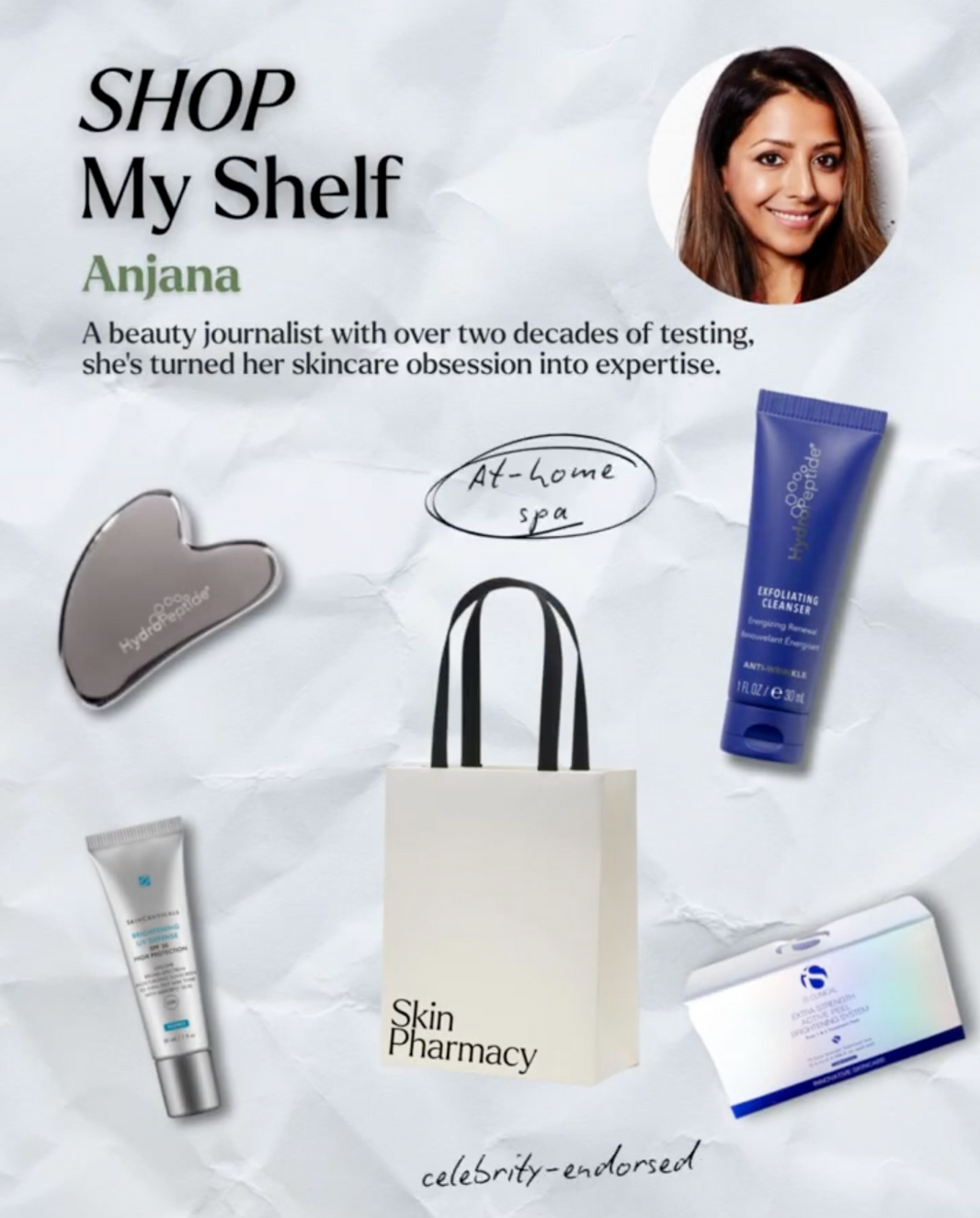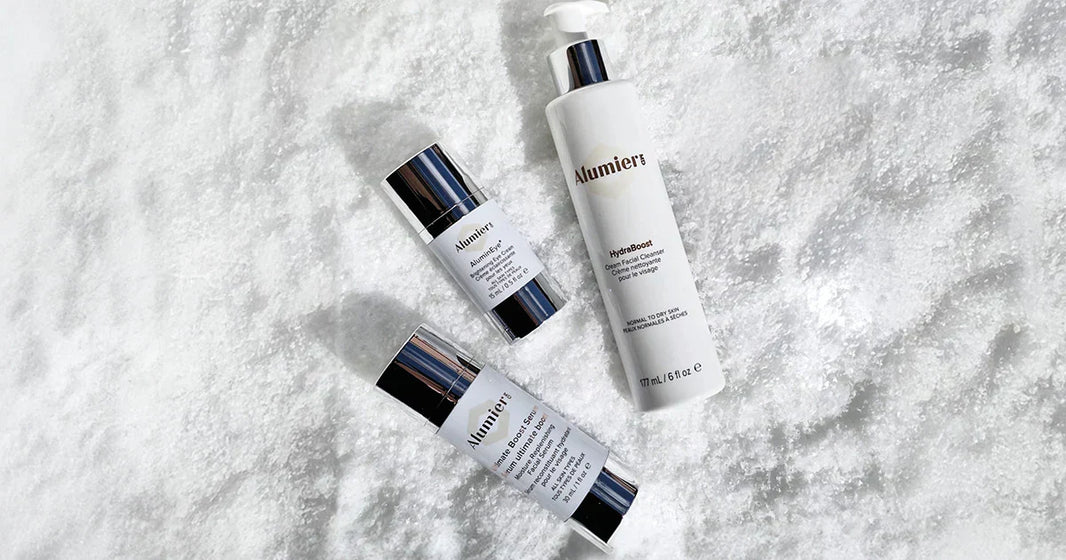Skin flooding is the latest skincare trend that’s sweeping our explore pages, but is it worthy of introducing into your skincare routine or is it just another fad?
Like most beauty trends that come around, skin flooding is nothing new; it's simply been repackaged and given a shiny new name. It’s a method that’s all about maximum hydration and moisture, which I’m all for. This is everything you need to know about skin flooding including the benefits, downsides and exactly how to introduce it into your routine.
What is skin flooding?
Skin flooding — you may also have heard it as skin drenching — is essentially a method of saturating (‘flooding’) the skin with hydration by layering specific skincare products. The idea is that layering on these lightweight and powerful ingredients gives the skin long-lasting hydration throughout the day or night.
That’s essentially it. You can tailor it to your specific needs and skin concerns using products you already own and shop some new ones to add to your rotation.
Who benefits from skin flooding?
Pretty much anyone in need of some skin TLC or wants a more glowing complexion benefits from skin flooding. Hydrated skin is happy skin so most people see results from adding this into their routine a few times a week. You don’t need to go wild and start doing it twice daily because: A) that’s a lot of product and: B) your skin might get too overloaded with product.
The main skin type that benefits from skin flooding is, unsurprisingly, dry skin. Using hydrating and moisture-boosting ingredients can help repair and strengthen the skin barrier.
Sensitive and rosacea-prone skin can also benefit from skin flooding, provided the products are suitable for such. Don’t go all in all at once though, introduce each product slowly to ensure no negative reactions.
What are the steps in skin flooding?
Clean your canvas
You can’t have hydrated and happy skin without getting rid of the leftover makeup and grime on your skin first. If you’re wearing makeup and SPF, double cleanse using an oil-based face wash first and then a water-based cleanser second.
Start with slightly damp skin
Despite what the internet may tell you, the skin is designed to keep things out; hence why it’s called a skin barrier. It’s actually quite difficult for products to absorb; imagine if we were a sponge, it wouldn’t be ideal.
That’s why the key to locking hydration into the skin is starting with damp skin before moving onto your hydrating products as the skin is more permeable when damp. You can either do this by not completely drying your skin after cleansing or by spritzing on a face mist like Skinceuticals Phyto Corrective Mist, which contains soothing botanical extracts.

Serum time
Whilst your skin is damp, apply your hydrating serum. Look for ingredients like hyaluronic acid and glycerin; I love the Skinceuticals H.A Intensifier Serum.

Serum take two
Yep, in skin flooding, most people apply two serums. Next up, look for ingredients like vitamin B5, vitamin B3 and peptides like Alastin Restorative Skin Complex.

Moisturiser
Once your serums have soaked in a little, it’s time for moisturiser. If you have dry skin, try a thick cream and if your skin isn’t a lover of anything too thick then try a gel-cream. Prioritise ingredients like ceramides, sodium PCA and squalane. If you prefer a thicker night cream, try Medik8’s Advanced Night Restore and if you want something a little lighter in formula Alastin’s Ultra Nourishing Moisturiser.


Lock it all in
Now, if you really want to wake up glowing then go to bed greasy (in the best kind of way) and lock everything in by pressing in a few drops of face oil. Or if you’re skin flooding in the morning, make sure you follow up with a broad-spectrum sunscreen.
Downsides of skin flooding?
Could there ever be downsides to flooding the skin with hydration? Well, not for most people but there are a few cases where this isn’t helpful.
First, let’s clear up the fact that the skin doesn’t need this many products all the time. Does it benefit from them? Yes. Do many people like doing this many steps? Also yes. But your skin doesn’t need it so take skin flooding with a pinch of salt — as you should all other beauty trends — and take elements that you need and leave out what you feel you don’t need.
On the flip side, certain conditions and skin types are benefitted from limited skincare steps so skin flooding might not be the best trend to try.
Perioral dermatitis is a really tricky skin condition where rash and acne-like bumps appear around the mouth and nose. Experts still aren’t sure exactly what triggers perioral dermatitis but one of the theories is overdoing it with skincare and active ingredients. The best treatment for perioral dermatitis is doing as little as possible to the skin so skin flooding is best avoided until your rash goes away. Patience is key here as it could take a good few months for it to clear.
Acne is also a tricky multi-faceted condition to treat and although skin flooding might be good for some, it’s likely you’ll see better results from using a few core ingredients to tackle oil production and acne-causing bacteria.







